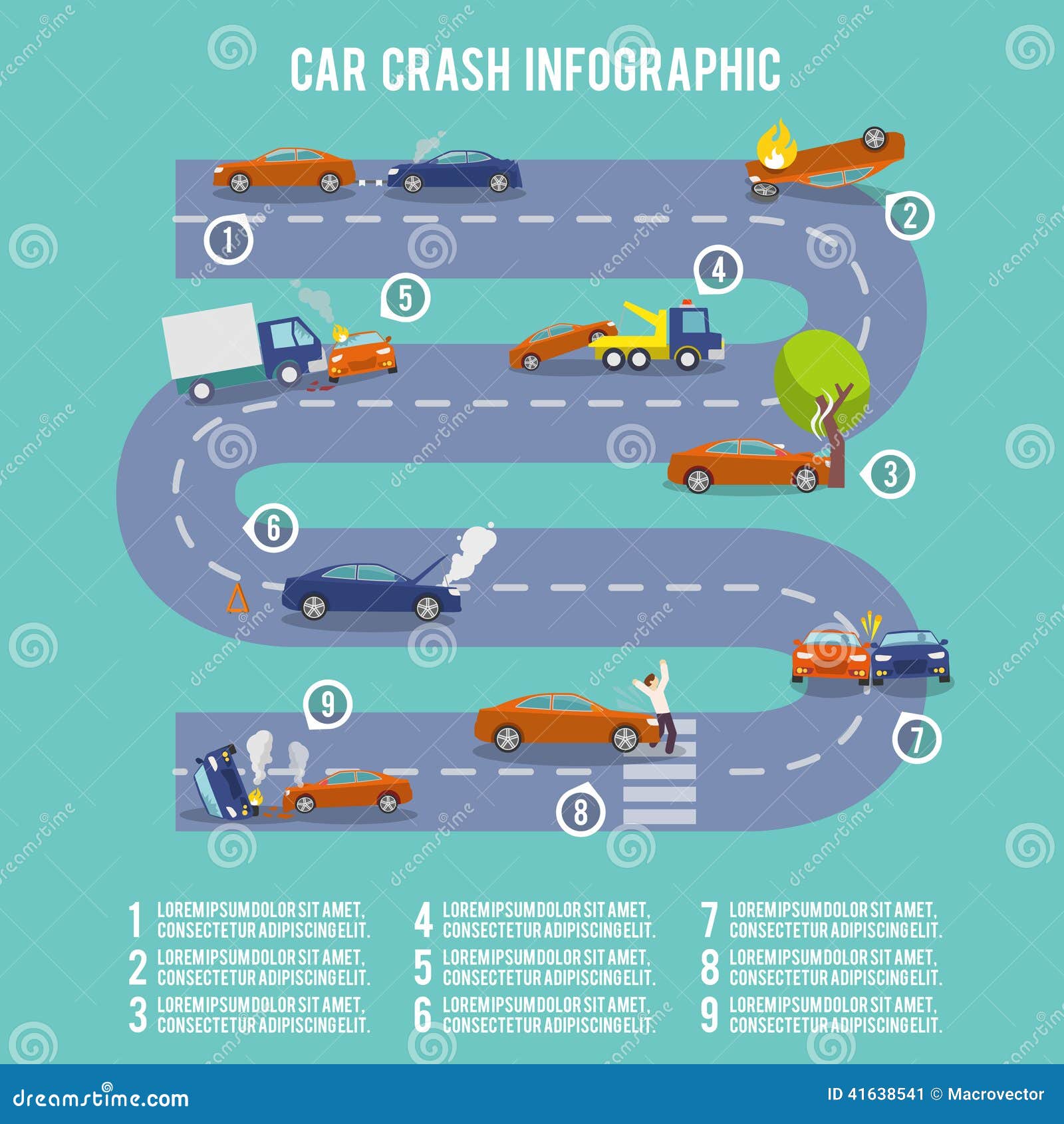Translating Your Car'S Warning Indicators: What They Truly Symbolize
Translating Your Car'S Warning Indicators: What They Truly Symbolize
Blog Article
Created By-Lim Gilbert
When you lag the wheel, those beautiful warning lights on your control panel can be a bit bewildering. Do you recognize what they're attempting to tell you regarding your auto's health and wellness? Comprehending the relevance of these lights is essential for your security and the durability of your vehicle. So, the next time one of those lights appears, wouldn't you wish to understand its message accurately and take the required actions to address it?
Common Warning Lighting and Interpretations
Identify typical warning lights in your vehicle and recognize their definitions to make certain risk-free driving.
The most typical warning lights include the check engine light, which indicates issues with the engine or exhausts system. If this light comes on, it's vital to have your lorry inspected promptly.
The oil pressure advising light suggests low oil pressure, requiring immediate focus to stop engine damages.
A flashing battery light could suggest a defective billing system, potentially leaving you stranded if not dealt with.
The tire pressure monitoring system (TPMS) light informs you to reduced tire stress, impacting vehicle security and gas effectiveness. Neglecting this might bring about hazardous driving problems.
The ABS light indicates a problem with the anti-lock stopping system, jeopardizing your capability to stop swiftly in emergencies.
Lastly, the coolant temperature level alerting light warns of engine getting too hot, which can result in severe damages otherwise fixed quickly.
Recognizing these typical warning lights will help you attend to concerns promptly and preserve risk-free driving problems.
Value of Prompt Attention
Recognizing the common warning lights in your vehicle is only the first step; the value of quickly dealing with these cautions can not be highlighted enough to ensure your security when traveling.
When a caution light brightens on your dashboard, it's your cars and truck's method of interacting a possible problem that requires focus. Neglecting these warnings can lead to a lot more extreme problems later on, jeopardizing your safety and security and potentially costing you more out of commission.
Trigger interest to cautioning lights can protect against failures and mishaps. For example, a flashing check engine light can show a misfire that, if left unattended, might trigger damage to the catalytic converter. Addressing this quickly can save you from a costly repair work.
Likewise, a brake system cautioning light could signify low brake liquid or worn brake pads, crucial components for your security when driving.
Do It Yourself Troubleshooting Tips
If you observe a caution light on your control panel, there are a couple of DIY repairing suggestions you can attempt before seeking specialist help.
The first step is to consult your cars and truck's guidebook to understand what the particular warning light indicates. Sometimes the problem can be as simple as a loose gas cap activating the check engine light. Tightening the gas cap may resolve the issue.
An additional common issue is a reduced battery, which can set off various warning lights. Inspecting the battery links for deterioration and ensuring they're protected might deal with the problem.
If a warning light lingers, you can try resetting it by detaching the car's battery for a few minutes and then reconnecting it. Furthermore, inspecting your lorry's liquid degrees, such as oil, coolant, and brake fluid, can assist troubleshoot warning lights connected to these systems.
https://connecticut.news12.com/alert-center-suspects-sought-after-15-buses-damaged-in-east-northport
In conclusion, understanding your automobile's caution lights is important for maintaining your car running efficiently and safely. By immediately dealing with https://myleslewpi.yomoblog.com/36589045/individual-experience-transforming-my-clunker-with-a-weekend-break-describing-session and recognizing what they indicate, you can prevent expensive repair work and potential breakdowns.
Remember to consult your vehicle's manual for certain details on each alerting light and do something about it as necessary to ensure a hassle-free driving experience.
Stay educated, stay risk-free when driving!
